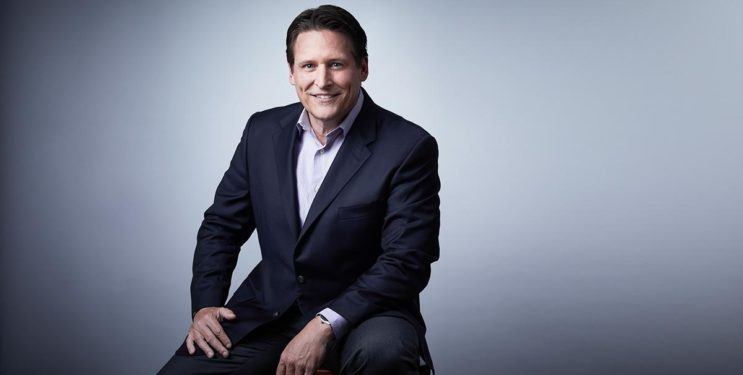Asset management marketers need to focus on building long-term relationships with clients rather than selling products, according to the CMO of MFS Investment Management.
Andrew Washburn, who is on his “second stint” with the US-based asset manager, previously worked on the product and investment side of the business. The firm is nearly 100 years old and has 661.6 billion in assets under management.
He says spending a lot of time in front of clients gave him a good knowledge of the products and “a strong foundational element to what would ultimately become a much broader marketing career.”
“[I was] spending a lot of time in front of clients, which gave me an understanding of how the products were managed and distributed.”
His career later took him to RiverSource, a subsidiary of Ameriprise, where he worked alongside the American Express team based in New York.
“I thought they were some of the most sophisticated marketers I’d worked with. In an industry like asset management, which was not very sophisticated in marketing in the early 2000s, it was really valuable in terms of learning about customer segmentation, data analytics and personalisation.
“As our industry started to evolve, I was able to apply those skills”.
Andrew notes that asset management has historically been “very product led”.
“It’s tough in a B2B environment (to be customer and client-led). You’ve got that intermediary layer. But if you became much more customer-led you’d be in a better position to build long-term loyalty.”
He notes that the industry has been coming around to this idea in recent years, “recognising that brand, trust and loyalty are important.
“Products generating investment performance are a stake in the ground. Marketing helps build long-term value for the business.”
This has been reflected in marketing taking less of a “subordinated” role in relation to sales. At MFS, there is “more of a partnership than before”, with marketing offering a medium for distributing communications and sales bringing the intelligence from talking to prospective clients.
Andrew sits on the cross-disciplinary global distribution management committee, comprising heads of different businesses, which undertakes a disciplined business planning process each year. He notes that all the people on the committee have a vested interest in the success of marketing, just as Andrew does in their business units.
“The organisation really supports that, and we’re able to make decisions as a group on what to prioritise. Having a seat at the table is really good for the marketing organisation.”
As with most companies, the pandemic has driven a shift towards a heavier reliance on “digital outreach”, with Andrew expecting a more hybrid model going forward.
“We’re trying to define what that might look like: how much digital, how much in person?”
He adds that this has led to an evolution in the role of the sales person, with sales teams now asked to take a greater role as managers of their clients’ overall experiences.
The best outcome, Andrew says, is an in-person interaction supported by remote teams. In this context the website has shifted from being “largely a storefront where information is stored” to “more of an engagement tool”, with articles and webinars becoming increasingly important.
“We have a lot of intelligence on what people are reading and watching online with us. We use that information internally, in aggregate, to help inform our sales teams, not so much to sell more products but to try and enhance the conversation between our teams and their clients.”
At the moment this type of data isn’t used at the level of the individual person, although users on the site can automatically be presented with the most relevant articles.
While Andrew says growing the business is important, he believes setting customer acquisition as the primary KPI can lead to short-term thinking.
“The retention piece is just as important. We want to make sure we have long-term clients, not only delivering returns but also communicating with them.
“We’re very focused on building those relationships and retention is a by-product; if you do those things well you should be able to retain clients over the long term.”

